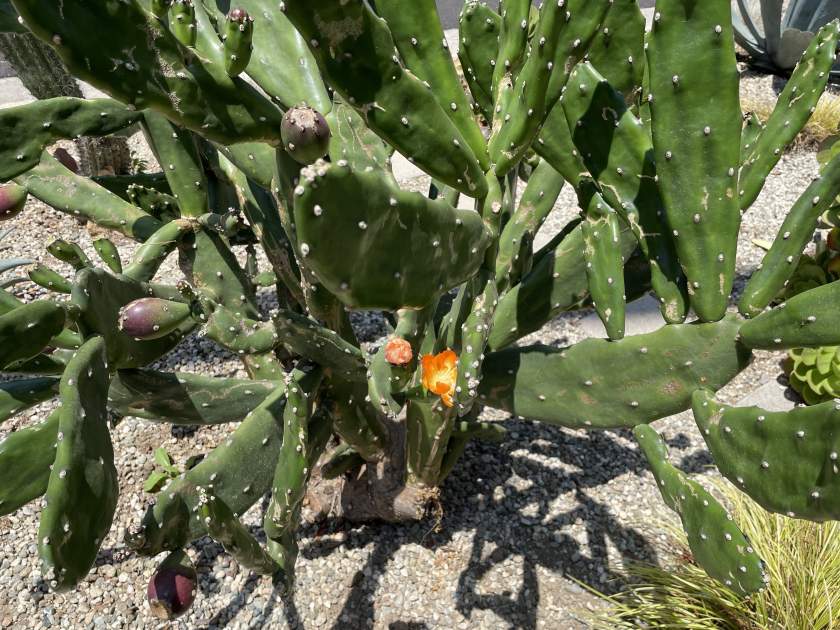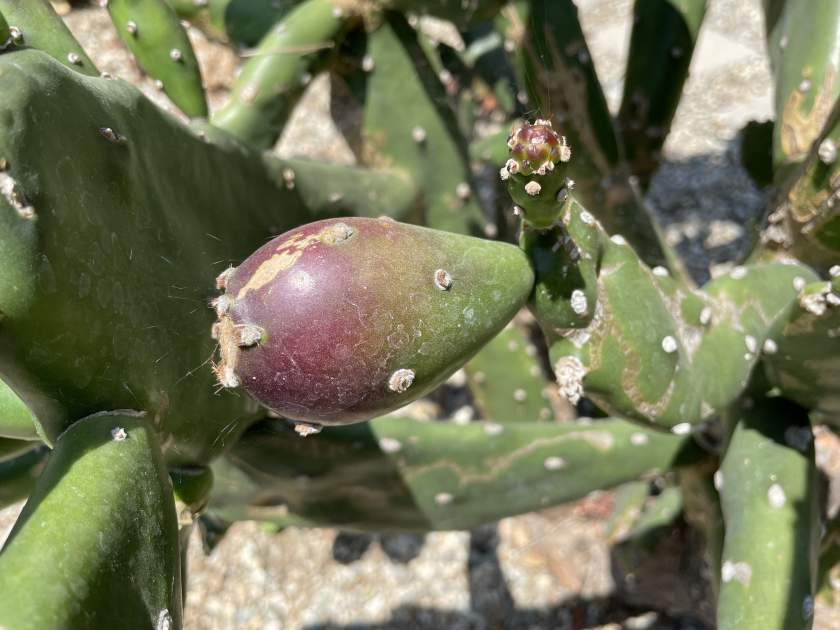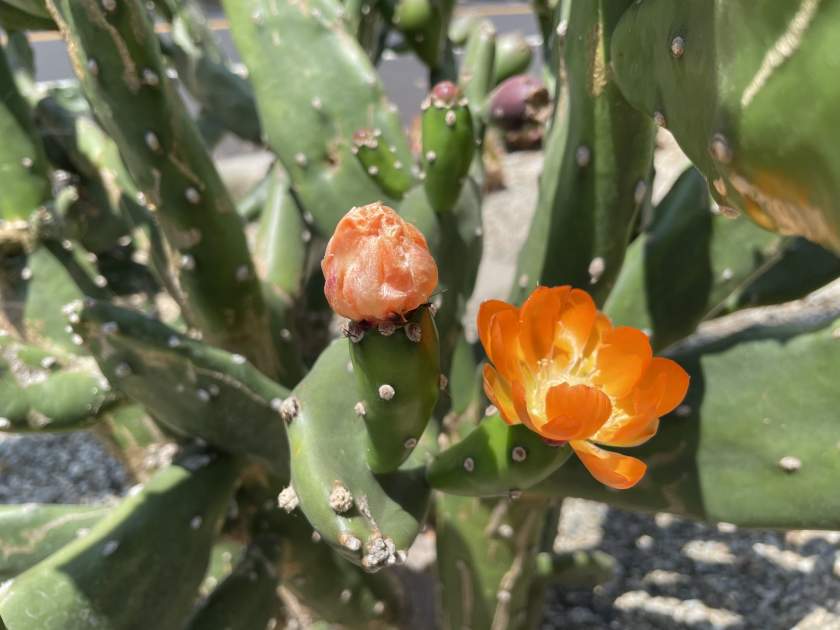Opuntia Tomentosa: The Woollyjoint Pricklypear with Velvety Charm
Opuntia tomentosa, commonly known as Woollyjoint Pricklypear or Velvety Tree Pear, is a remarkable species of Opuntia native to Mexico. With its unique velvety appearance, this plant adds an intriguing texture to any landscape. In this article, we will explore the characteristics, cultivation, and reproductive strategies of Opuntia tomentosa, providing valuable insights for enthusiasts interested in growing this fascinating succulent.
Background and Characteristics: Opuntia tomentosa belongs to the Cactaceae family and is characterized by its distinctive stems and foliage. The dull green stems are heavily branched, with a thick woody stem at the base, reaching up to 40 cm in diameter. The branches consist of flattened, fleshy stem segments, measuring 15-35 cm in length, 6-16 cm in width, and approximately 15-20 mm in thickness. These velvety stem segments are covered in small raised structures known as areoles, which host clusters of fine yellow bristles called glochids, ranging from 1 to 5 mm in length. While the stem segments are typically spineless, young plants may occasionally bear groups of one or two grey spines, which become less prominent as the segments mature.
The leaves of Opuntia tomentosa are greatly reduced, appearing as tiny cylindrical or cone-shaped structures. These velvety hairy leaves are quickly shed from the developing stem segments, a characteristic known as caducous.
Flowers and Fruit:
Opuntia tomentosa produces vibrant orange flowers with reddish markings on the undersides of the outermost petals. These showy flowers measure 4-5.5 cm in length and 4-5 cm across, emerging individually on fleshy bases along the margins of the stem segments. Each flower showcases numerous petal-like structures called petaloids and a profusion of stamens. The flowering period primarily occurs in spring and summer, providing a stunning display of color.
The fruit of Opuntia tomentosa begins as green berries and gradually matures to a dull red or purplish-red hue. These fleshy berries measure 3-5 cm in length, and 2.5-4 cm in width, and exhibit an oval shape. They possess shallowly depressed tips and are covered with several tufts of small prickly bristles known as glochids. Within the fruit’s reddish-colored pulp lie numerous pale brown seeds, somewhat rounded and measuring 3-5 mm in length.
Reproduction and Dispersal: Opuntia tomentosa utilizes two main methods for reproduction. Firstly, it reproduces through stem fragments, whereby dislodged stem segments have the ability to produce roots and establish new plants. This enables the species to spread when fragments become attached to animals, footwear, vehicles, or through dumped garden waste. Secondly, Opuntia tomentosa reproduces through seeds. The fruit, consumed by various small animals such as birds and foxes, facilitates seed dispersal through their droppings.
Cultivation of Opuntia Tomentosa:
Sunlight: Opuntia tomentosa thrives in full sun exposure, making it an ideal choice for sunny areas in the garden. It requires a minimum of six hours of direct sunlight per day to ensure optimal growth and flowering.
Watering: This succulent species is highly adapted to arid conditions and is drought-tolerant once established. It is crucial to allow the soil to dry out between waterings to prevent overwatering and root rot. Water sparingly and provide supplemental irrigation during prolonged dry spells or extreme heat.
Soil: Opuntia tomentosa prefers well-drained soil to prevent waterlogging, which can be achieved by using a sandy or loamy soil mixture. The soil should have good drainage properties to prevent moisture retention, as this can lead to fungal issues.
Pest and Disease Control: Opuntia tomentosa is generally resistant to pests and diseases. However, occasional infestations by common cactus pests such as mealybugs, scale insects, and spider mites may occur. Regular inspection of the plant and prompt treatment with appropriate insecticides or horticultural oils can effectively manage these pests. Additionally, overwatering can lead to fungal diseases such as powdery mildew. To mitigate this, ensure proper watering practices and promote good air circulation around the plant.

Propagation:
Stem Fragmentation: Opuntia tomentosa can be propagated through stem fragments. Simply detach a stem segment and allow it to callus for a few days to a week. Once calloused, place the segment in well-draining soil and provide indirect light. Water sparingly until roots develop, and then gradually increase watering frequency. After the roots have formed, the new plant can be potted or planted in the desired location.
Seed Propagation: To propagate Opuntia tomentosa from seeds, collect ripe fruit and remove the seeds. Clean the seeds to remove any remaining pulp. Sow the seeds in a well-draining cactus or succulent mix, covering them lightly with soil. Keep the soil consistently moist until germination occurs, typically within a few weeks. Once the seedlings have developed several true leaves, they can be transplanted into individual pots or directly into the garden.
By following these cultivation and propagation techniques, enthusiasts can enjoy the beauty and resilience of Opuntia tomentosa in their gardens. Its velvety stem segments, vibrant flowers, and ability to adapt to arid conditions make it a captivating addition to xeriscapes, rock gardens, or succulent collections. With its unique characteristics and low-maintenance requirements, Opuntia tomentosa offers a touch of desert charm to any landscape.





